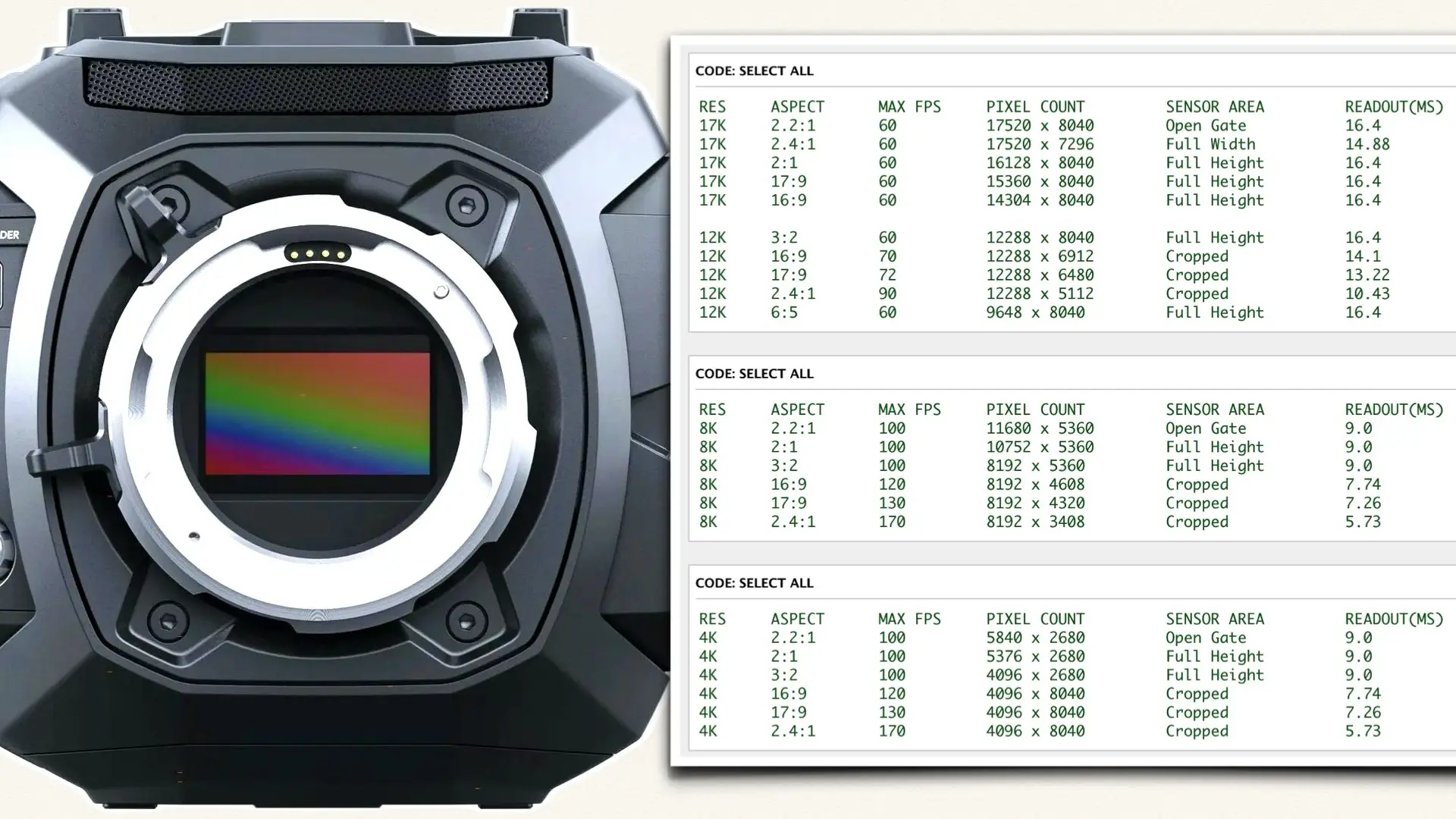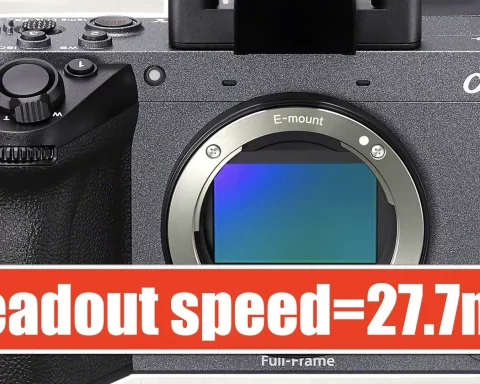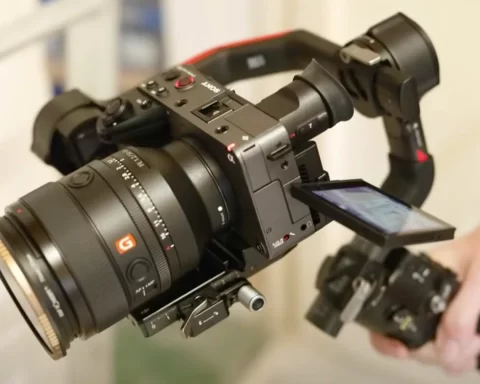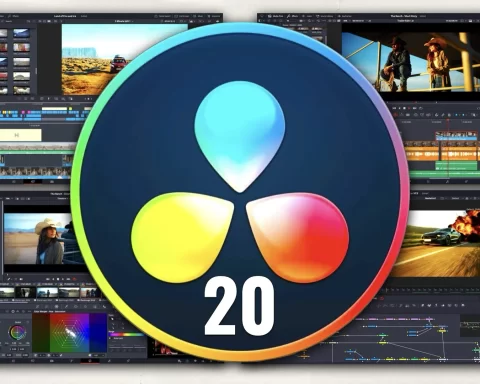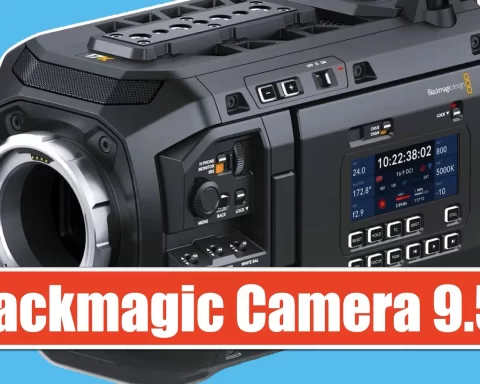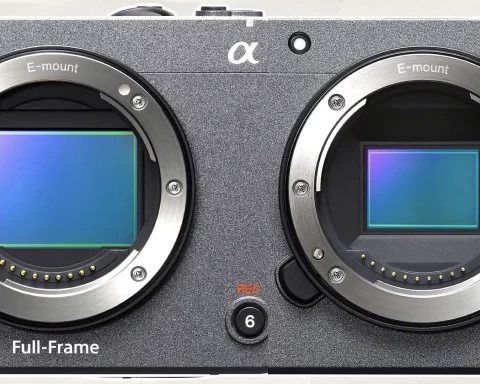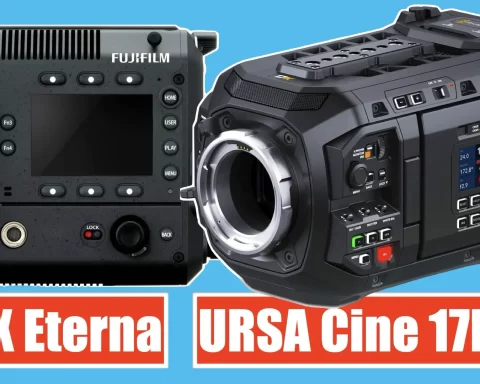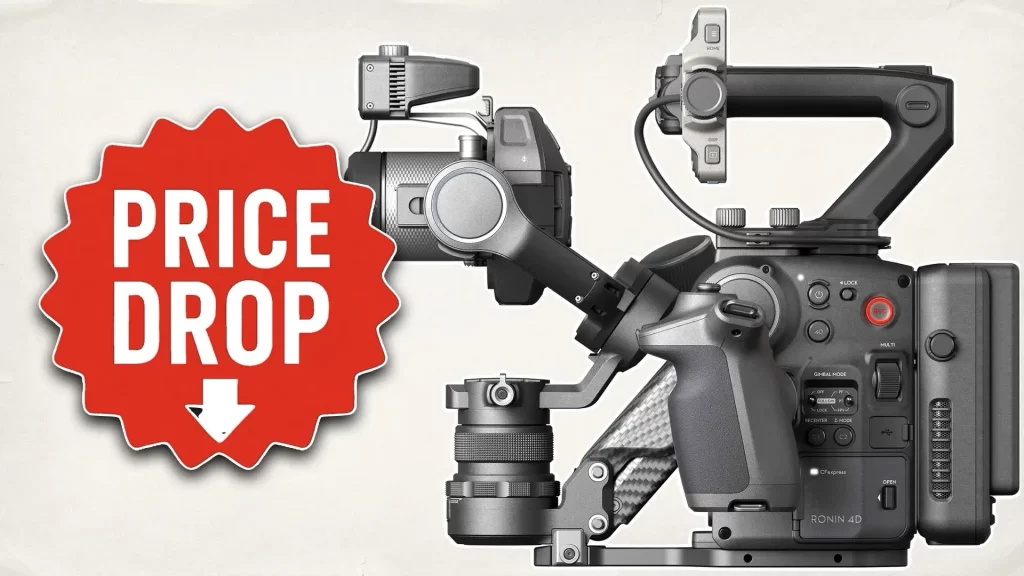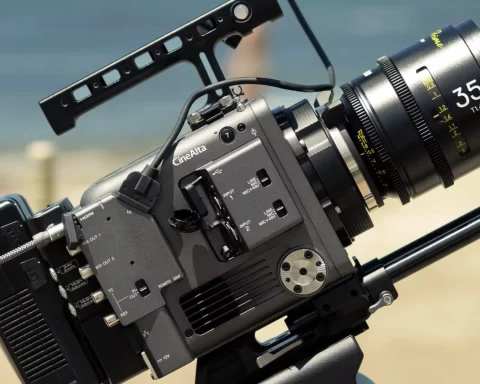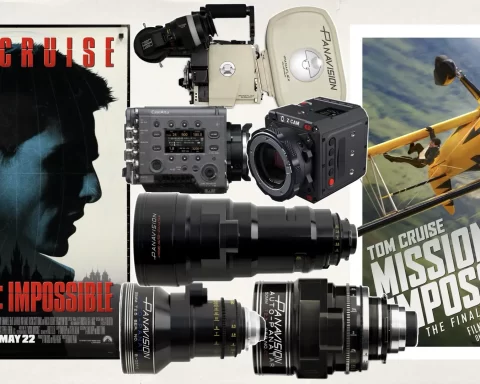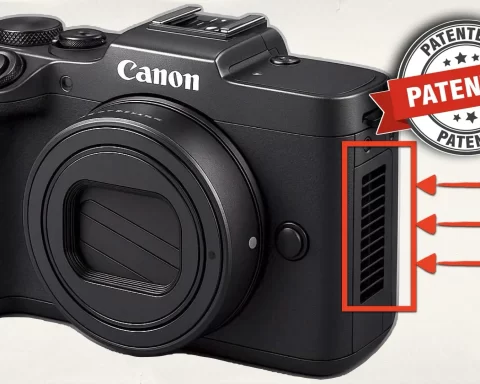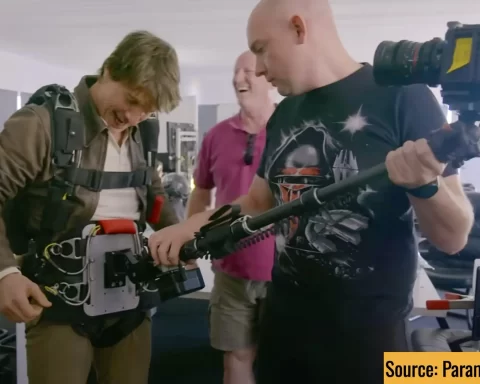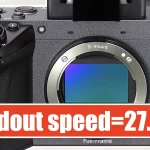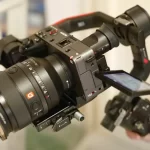Blackmagic Design has officially published the readout speeds of its groundbreaking URSA Cine 17K 65, shedding light on the sensor’s performance and its impact on high-resolution cinematography. Readout speed is a critical factor in digital filmmaking, influencing rolling shutter effects and motion rendering. With its staggering 17K resolution, this camera sets a new standard in digital cinema, but how does it compare to other large-format sensors?
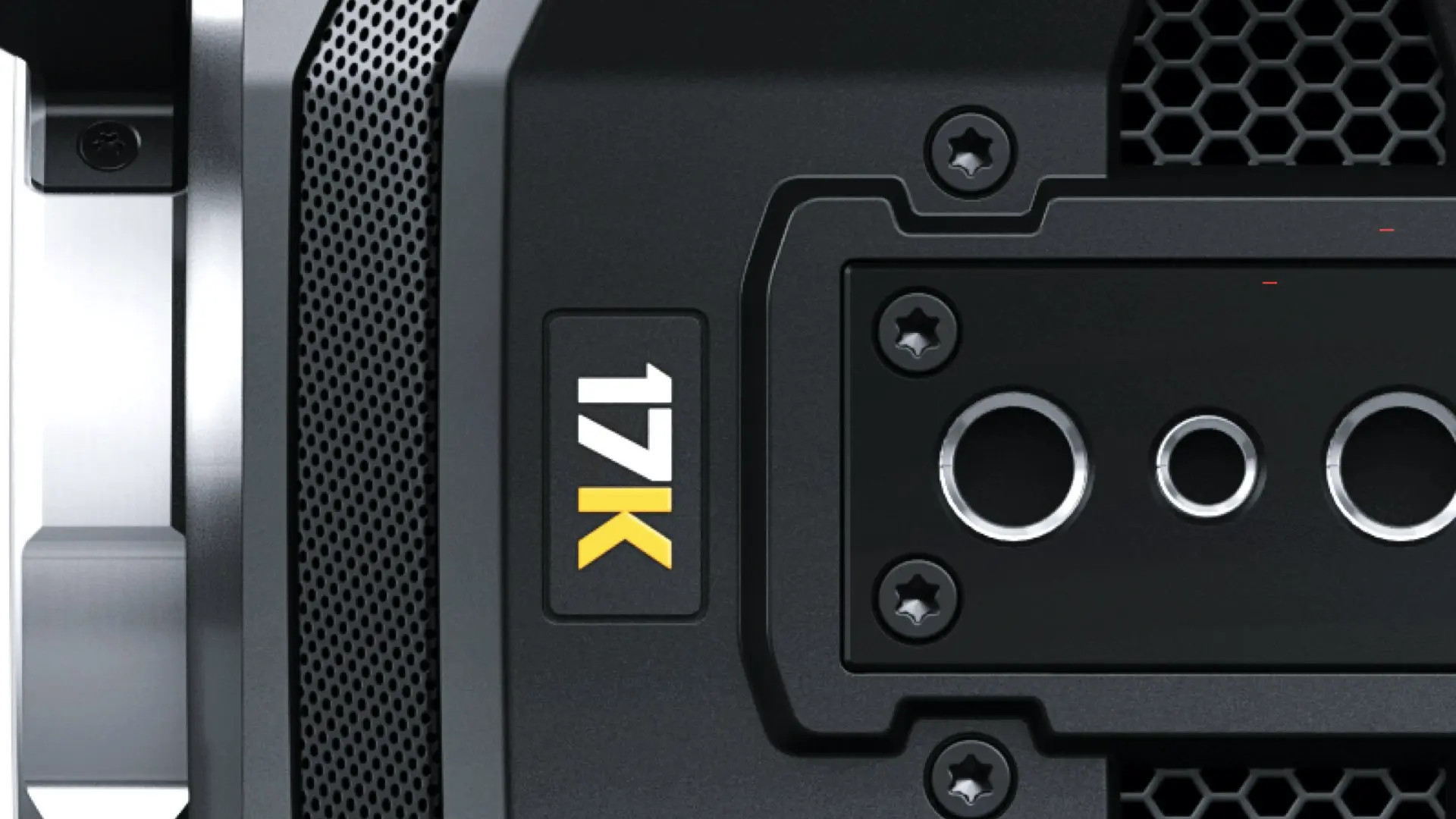
Understanding Readout Speeds and Their Importance
Readout speed refers to the time it takes for a sensor to capture and transfer data for a single frame. A slow readout speed can introduce rolling shutter artifacts, which distort fast-moving objects and create skewing effects. A fast readout, on the other hand, reduces these distortions, producing cleaner and more stable imagery. The newly published specifications of the URSA Cine 17K 65 provide insight into how well this camera manages rolling shutter performance.
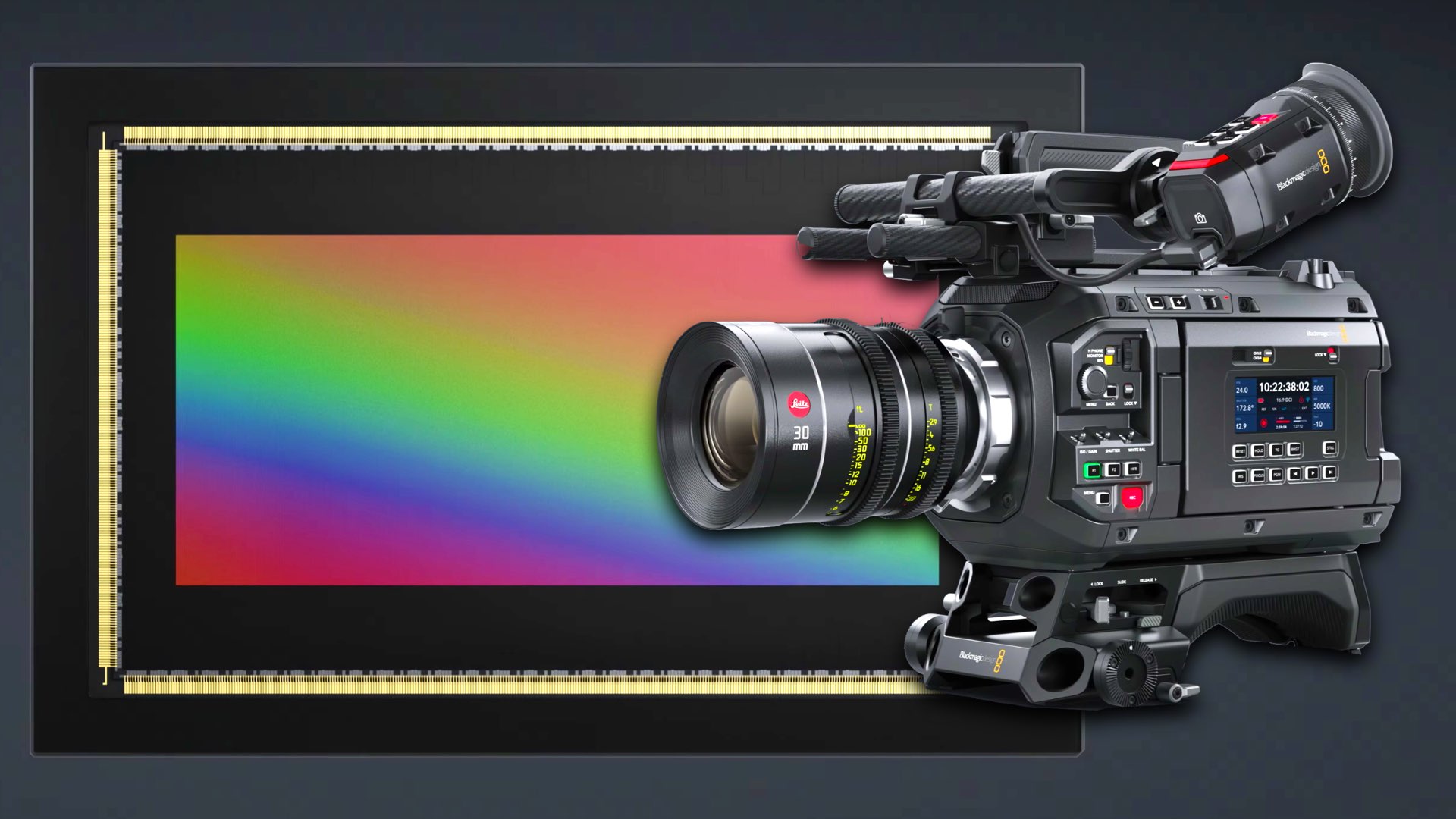
URSA Cine 17K 65 Readout Speeds Breakdown
Blackmagic has provided a detailed breakdown of the URSA Cine 17K 65’s readout speeds across different resolutions and aspect ratios:
17K Modes
- 17K (2.2:1) at 60 fps: 17,520 x 8,040 pixels, Open Gate, 16.4 ms.
- 17K (2.4:1) at 60 fps: 17,520 x 7,296 pixels, Full Width, 14.88 ms.
- 17K (2:1) at 60 fps: 16,128 x 8,040 pixels, Full Height, 16.4 ms.
- 17K (17:9) at 60 fps: 15,360 x 8,040 pixels, Full Height, 16.4 ms.
- 17K (16:9) at 60 fps: 14,304 x 8,040 pixels, Full Height, 16.4 ms.
12K Modes
- 12K (3:2) at 60 fps: 12,288 x 8,040 pixels, Full Height, 16.4 ms.
- 12K (16:9) at 70 fps: 12,288 x 6,912 pixels, Cropped, 14.1 ms.
- 12K (17:9) at 72 fps: 12,288 x 6,480 pixels, Cropped, 13.22 ms.
- 12K (2.4:1) at 90 fps: 12,288 x 5,112 pixels, Cropped, 10.43 ms.
- 12K (6:5) at 60 fps: 9,648 x 8,040 pixels, Full Height, 16.4 ms.
8K Modes
- 8K (2.2:1) at 100 fps: 11,680 x 5,360 pixels, Open Gate, 9.0 ms.
- 8K (2:1) at 100 fps: 10,752 x 5,360 pixels, Full Height, 9.0 ms.
- 8K (3:2) at 100 fps: 8,192 x 5,360 pixels, Full Height, 9.0 ms.
- 8K (16:9) at 120 fps: 8,192 x 4,608 pixels, Cropped, 7.74 ms.
- 8K (17:9) at 130 fps: 8,192 x 4,320 pixels, Cropped, 7.26 ms.
- 8K (2.4:1) at 170 fps: 8,192 x 3,408 pixels, Cropped, 5.73 ms.
4K Modes
- 4K (2.2:1) at 100 fps: 5,840 x 2,680 pixels, Open Gate, 9.0 ms.
- 4K (2:1) at 100 fps: 5,376 x 2,680 pixels, Full Height, 9.0 ms.
- 4K (3:2) at 100 fps: 4,096 x 2,680 pixels, Full Height, 9.0 ms.
- 4K (16:9) at 120 fps: 4,096 x 2,304 pixels, Cropped, 7.74 ms.
- 4K (17:9) at 130 fps: 4,096 x 2,160 pixels, Cropped, 7.26 ms.
- 4K (2.4:1) at 170 fps: 4,096 x 1,704 pixels, Cropped, 5.73 ms.
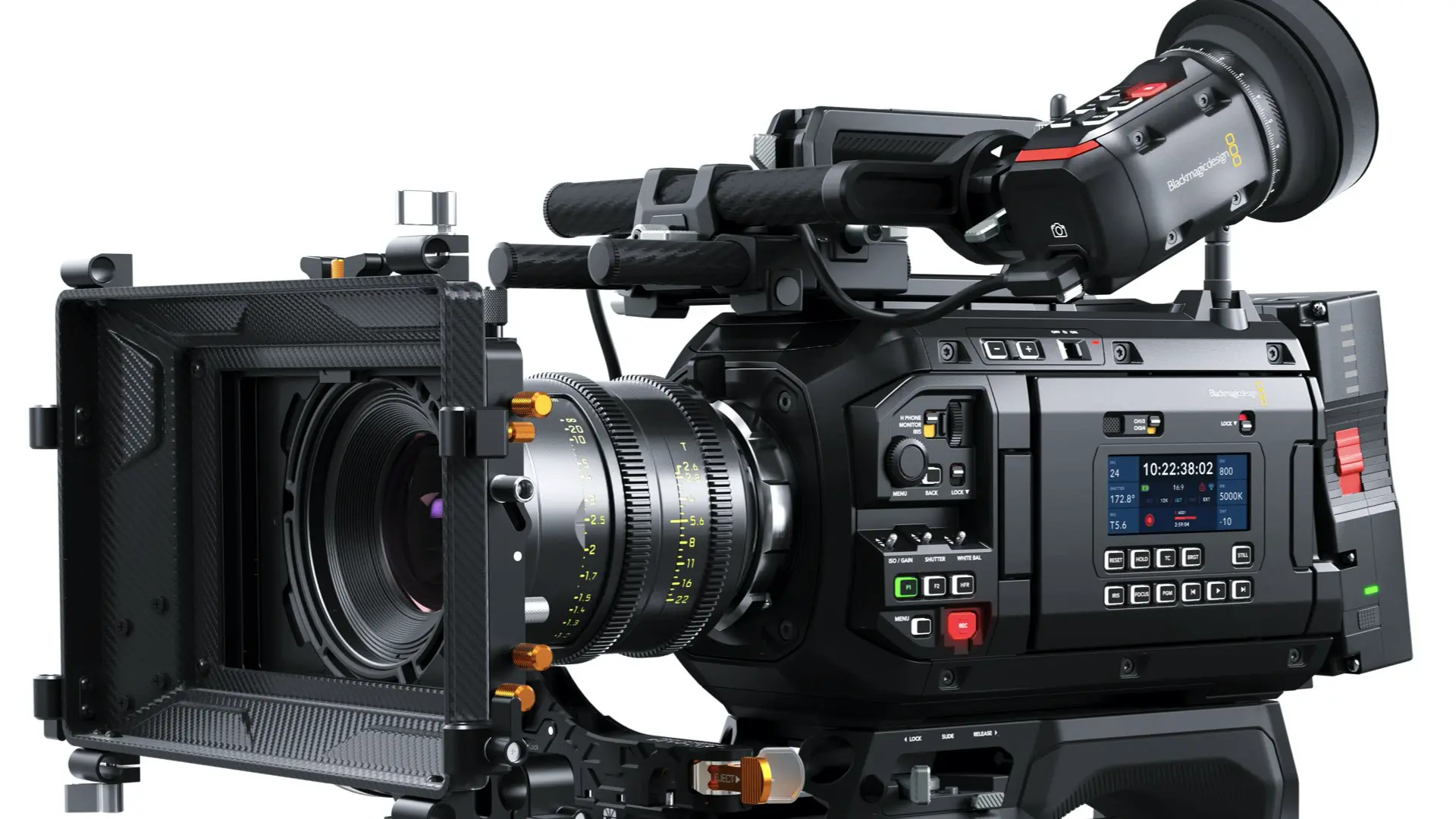
How It Compares to Other Large Format Sensors
Fujifilm GFX ETERNA
The URSA Cine 17K 65 significantly outperforms the Fujifilm GFX ETERNA in terms of readout speed. As noted in a recent analysis, the Fujifilm GFX ETERNA’s readout speed at 4K 16:9 is nearly twice as slow, making it less suitable for high-speed cinematography (Fujifilm GFX ETERNA Readout Speed Matches the Pyxis 6K – Y.M. Cinema Magazine).
ARRI ALEXA 65 and ARRI ALEXA 265
The ARRI ALEXA 65 (and the new 265), a staple in high-end productions, has no officially published readout speeds. In an FAQ, ARRI previously said that they do not release this information as it is not a decisive factor for cinematographers, as stated by ARRI: “The silence in the forest… :). We decided not to publish the readout times since this is not a crucial factor in deciding for a camera. Generally speaking the read-out time differs from sensor mode to sensor mode. Framerates change the exposure time, not the read-out time”. However, we are pretty sure the readout speeds are high.
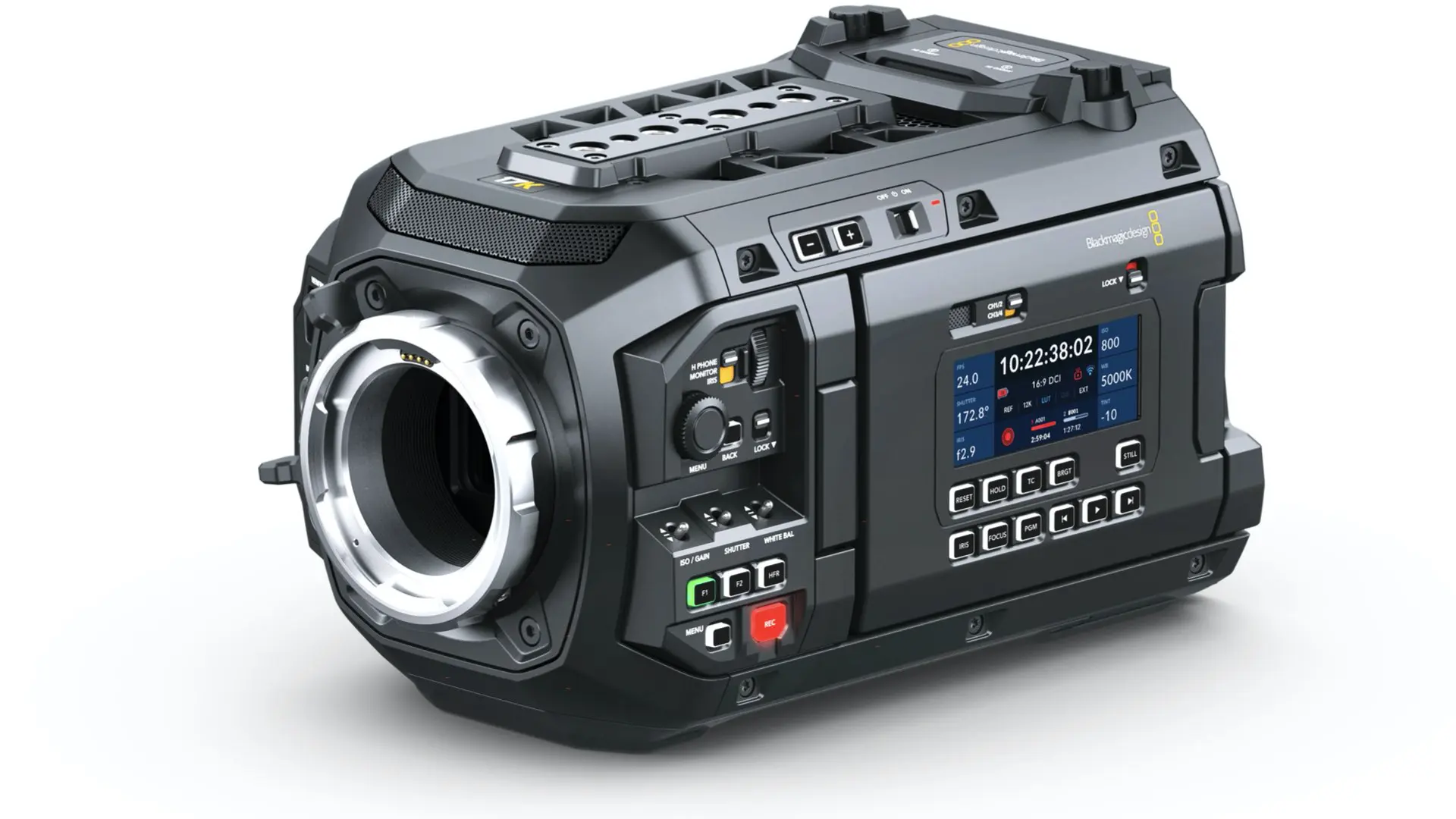
Conclusion
The URSA Cine 17K 65 solidifies itself as a powerful tool for filmmakers who prioritize image fidelity in digital cinema. While its readout speeds might not be the fastest in Blackmagic’s lineup, they are impressive considering the massive size of its medium format sensor. It would be unfair to label this camera as having a slow readout speed, as its performance is on par with expectations for a sensor of this scale. In fact, given the limitations inherent in medium format cinematography, the URSA Cine 17K 65 performs exceptionally well. As the industry continues to push the boundaries of resolution and sensor technology, where do you see the URSA Cine 17K 65 fitting in? Will its ultra-high-resolution capabilities drive new trends in digital filmmaking, or will practical limitations like rolling shutter performance hold it back? Share your thoughts in the discussion below!

